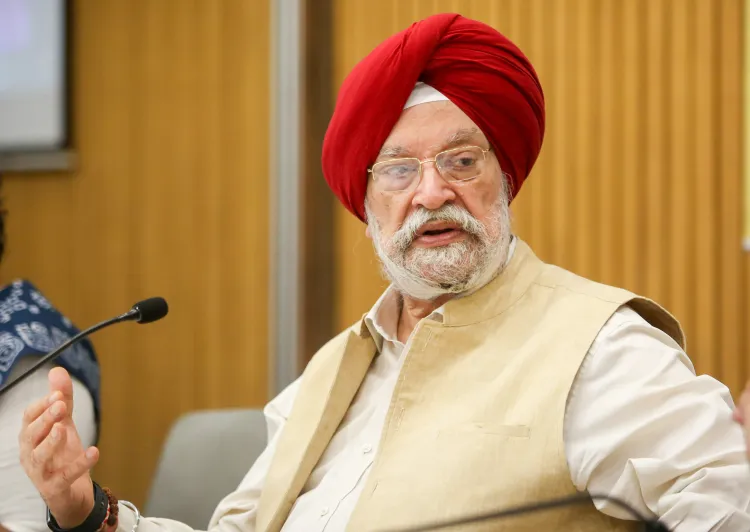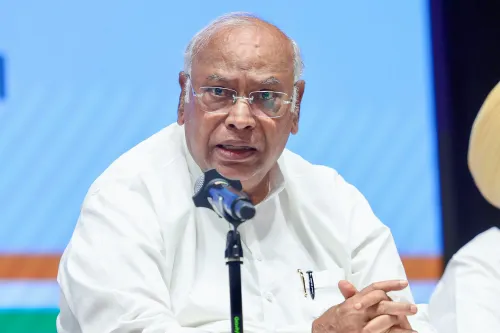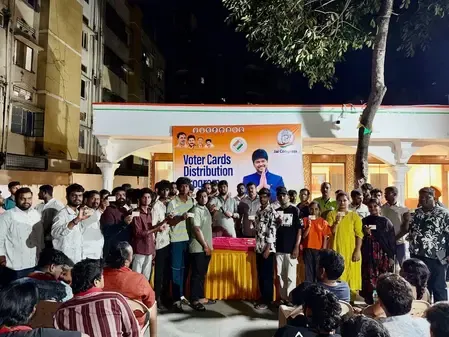Is There Really No Engine Failure from Ethanol Blending? Hardeep Puri Explains

Synopsis
Key Takeaways
- No engine failures reported since E20 implementation.
- E20 contributes to significant foreign exchange savings.
- India's ethanol blending target has advanced to 20% by 2025.
- 2G ethanol refineries are converting agricultural waste into clean fuel.
- Transformational growth seen in maize-based ethanol production.
New Delhi, Aug 9 (NationPress) Minister of Petroleum and Natural Gas Hardeep Singh Puri announced that there have been no reported cases of engine failure or breakdown since the implementation of ethanol 20 (E20) as a primary fuel over the past 10 months.
He referenced Brazil's experience, noting that the country has successfully utilized E27 for several years without complications.
Puri highlighted that certain interest groups are attempting to sow doubt and disrupt India's ethanol initiative. However, he is confident that these efforts will not prevail.
The transition to E20 is well underway, supported by robust policy measures, readiness from the industry, and acceptance from the public. There is no turning back, the minister asserted during the ‘Pioneer Biofuels 360 Summit’.
Discussing the advantages of E20, Puri pointed out its potential to decrease greenhouse gas emissions, enhance air quality, boost engine performance, and has already saved over Rs 1.4 lakh crore in foreign exchange.
He mentioned that 2G ethanol refineries located in Panipat and Numaligarh are converting agricultural waste, such as parali and bamboo, into ethanol, creating a beneficial solution for clean fuel, pollution control, and farmers' income.
Puri also emphasized the significant rise in maize-based ethanol production, which has surged from 0% in 2021-22 to 42% this year, describing it as a transformative change.
When asked about the success of the Ethanol Blended Petrol (EBP) program, Puri noted that the initiative gained traction only after 2014, during Prime Minister Narendra Modi's administration.
In 2014, ethanol blending was just 1.53%, and by 2022, India achieved 10% blending, surpassing its goal five months ahead of schedule.
The original goal of reaching 20% blending (E20) by 2030 has now been moved up to 2025, and this target has already been met in the current Ethanol Supply Year (ESY).
Puri attributed this success to ongoing policy reforms, including assured pricing for ethanol, permitting various feedstocks, and rapidly expanding distillation capabilities nationwide.
Regarding Flex-Fuel Vehicles (FFVs), he stated that the Indian automotive sector has already proven its expertise, with Indian OEMs beginning to unveil prototypes for E85-compatible vehicles.









